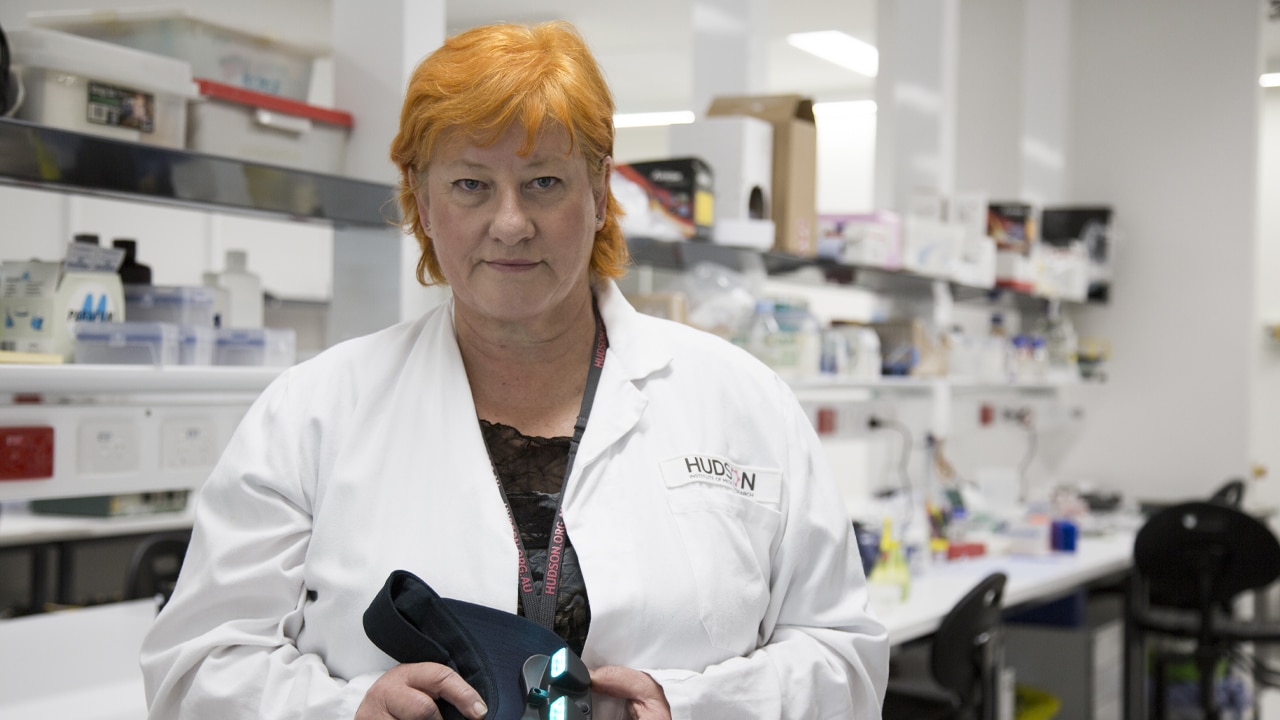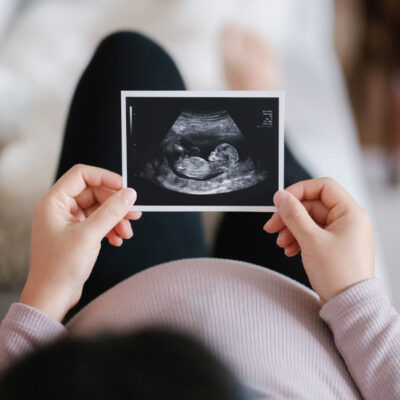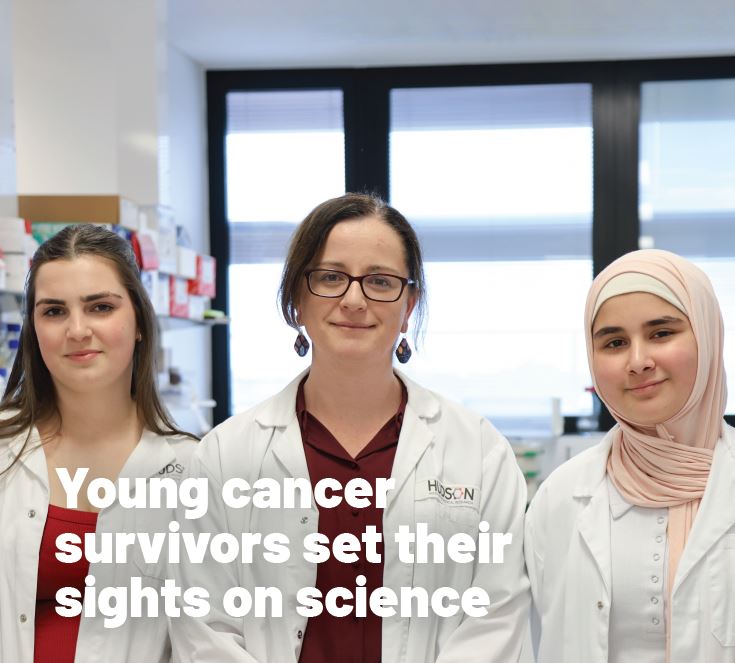Simple therapy could help children with obstructive sleep apnoea
By Hudson Institute communications

Changing sleeping positions in pre-school aged children with obstructive sleep apnoea (OSA) could improve their learning, behaviour and cardiovascular outcomes.
What is obstructive sleep apnoea?
- Obstructive sleep apnoea (OSA) in children is when enlarged tonsils and adenoids cause an obstruction during sleep preventing the clear passage of air through the upper airway.
- Obstructive sleep apnoea affects approximately 1 to 6 per cent of all children, or 290,000 children and teenagers in Australia. During sleep, children with OSA commonly snore and have noisy breathing, which can sometimes pause for small periods of time. Parents may also notice their children have to exert an increased effort to breathe during sleep.
- As a result, OSA can adversely affect behaviour, learning and cardiovascular health in children.
The study, published by a team of Hudson Institute, Monash University and Monash Health researchers in the journal Sleep Medicine, suggests that ‘positional therapy’, which is used in adults with OSA, could also benefit children with the condition.
Positional therapy used in adults includes simple devices such as shirts with tennis balls sewn into the back or bands with foam filling in the back, to more sophisticated chest vests, chest straps, neck braces, and electronic devices, which vibrate when the wearer is on his/her back. Devices suitable for use in children would need to be developed.
Dr Lisa Walter, a postdoctoral sleep researcher in The Ritchie Centre, Hudson Institute of Medical Research, says the study examined the heart rates, blood pressure and the autonomic nervous system’s control of heart rate in children with OSA in different sleeping positions.
“A simple strategy aimed at keeping children with obstructive sleep apnoea from sleeping on their back and instead encourages them to sleep on their side or front may reduce the severity of the condition and improve their learning, behaviour and cardiovascular outcomes,” Dr Walter said.
The study found the adverse effects of OSA were more severe and the control of the normal fluctuations in heart rate was reduced in children affected by OSA when they slept on their back.
Dr Walter said the therapy could be especially effective for children with milder forms of the condition, who haven’t undergone the most common treatment of removal of tonsils and adenoids.
The next step is more research in a wider age range of children which could lead to a clinical trial of positional therapy to investigate the effectiveness of this type of therapy in reducing OSA in children.
This research was a collaboration between researchers at The Ritchie Centre, Hudson Institute of Medical Research; the Department of Paediatrics, Monash University; and the Melbourne Children’s Sleep Centre, Monash Children’s Hospital.
Reference | Walter LM, Dassanayake D, Weichard AJ, Davey MJ, Nixon GM and Horne R (2017) Back to sleep- or not: The impact of the supine position in pediatric OSA. Sleep Medicine 37:151-159.
In this article
About Hudson Institute
Hudson Institute’ s research programs deliver in three areas of medical need – inflammation, cancer, women’s and newborn health. More
Hudson News
Get the inside view on discoveries and patient stories
“Thank you Hudson Institute researchers. Your work brings such hope to all women with ovarian cancer knowing that potentially women in the future won't have to go through what we have!”


